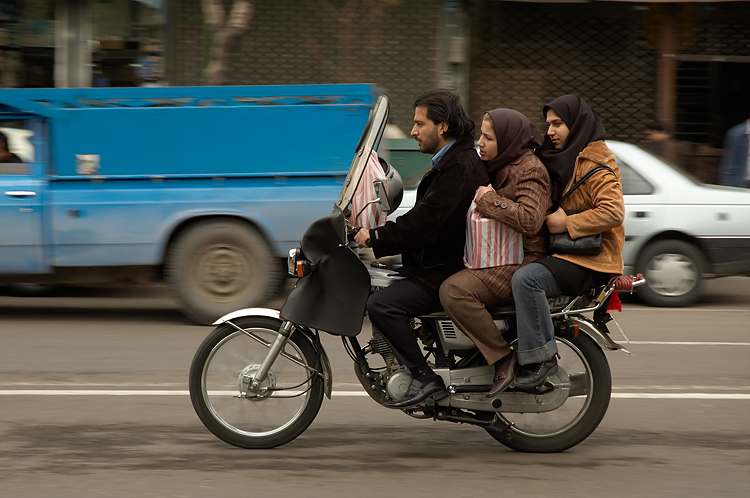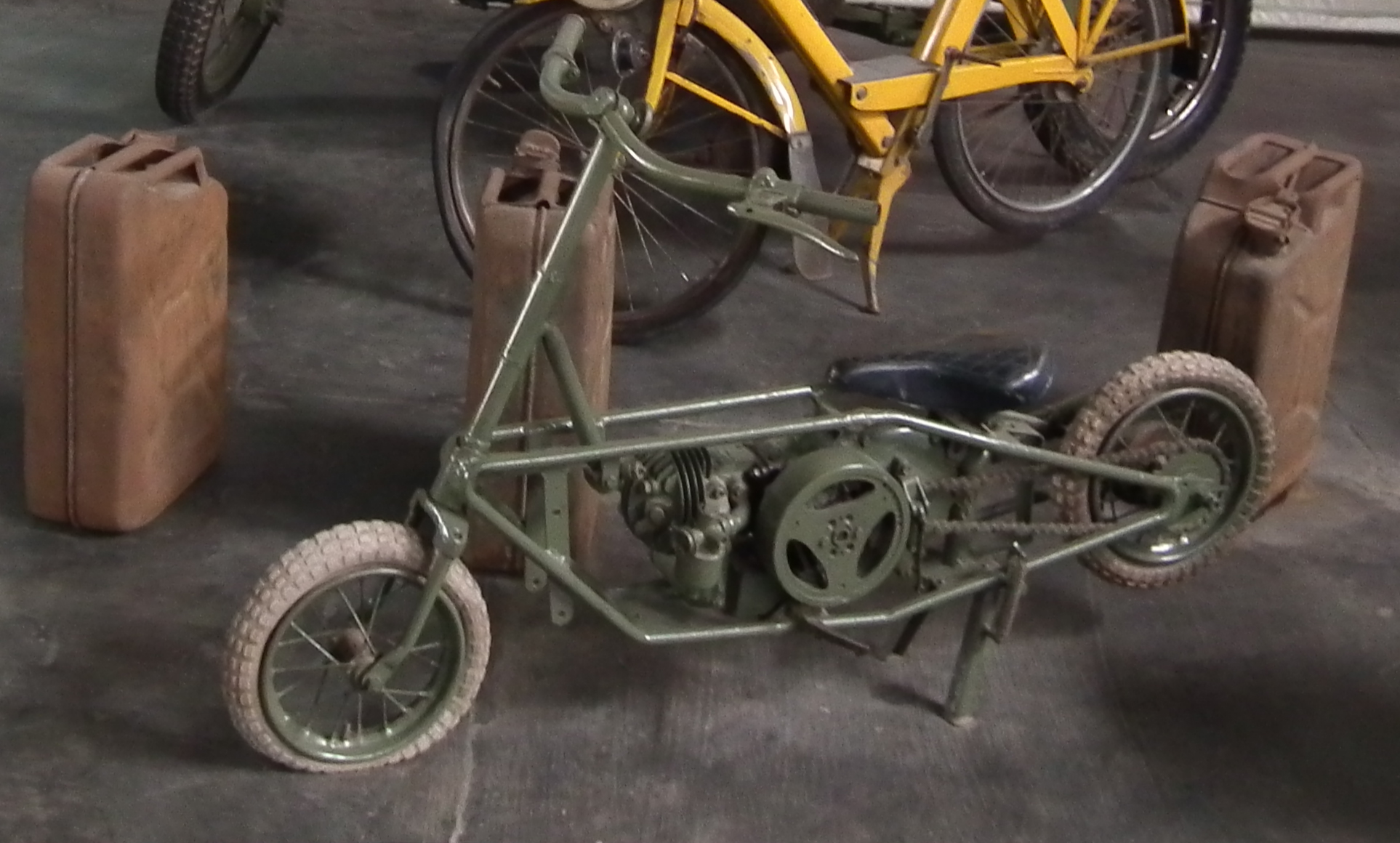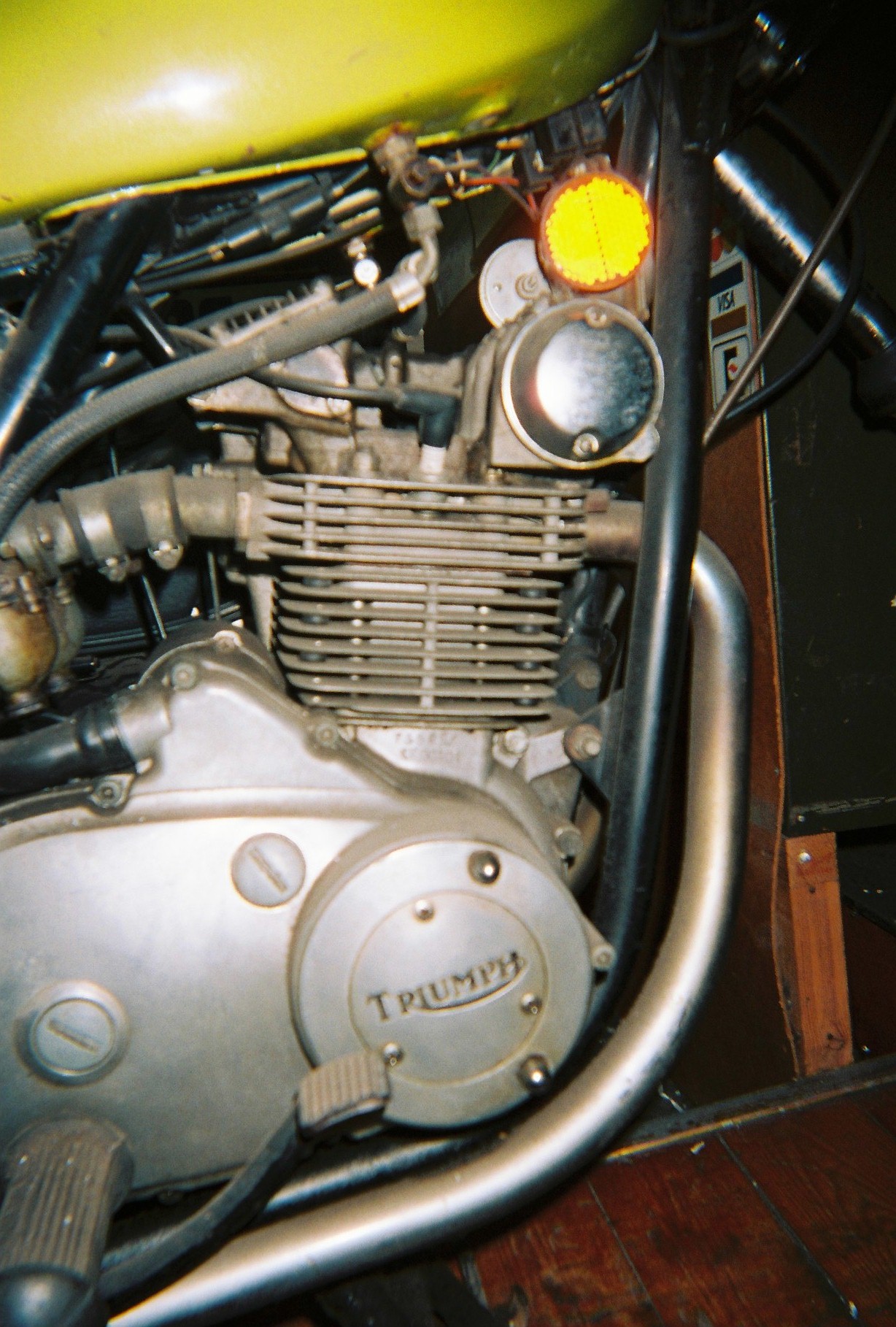|
British Motorcycle Charitable Trust
The British Motorcycle Charitable Trust (BMCT) is a charitable incorporated organisation dedicated to promoting and supporting the preservation and restoration of British motorcycle engineering heritage. Established as a Registered Charity in 1979, the Trust aims to protect and restore rare British motorcycles and provide access to the public through a network of museums and annual motorcycle heritage events. The Trust also provides support and resources to educational establishments, clubs and private individuals and maintains information on all aspects of British motorcycles. Funding As well as donations and membership subscriptions, the Trust benefits from legacies from motorcycle enthusiasts. The income is used to preserve rare British motorcycles and to improve the preservation of British motorcycle engineering heritage in the UK. Trustees The Board of Trustees are all volunteer motorcycle enthusiasts with expertise in various areas of business. The current Acting Chairman ... [...More Info...] [...Related Items...] OR: [Wikipedia] [Google] [Baidu] |
Sunbeam Motor Car Company
Sunbeam Motor Car Company Limited was a British automobile manufacturer with its works at Moorfields in Blakenhall, a suburb of Wolverhampton in Staffordshire, now West Midlands. Its Sunbeam name had been registered by John Marston in 1888 for his bicycle manufacturing business. Sunbeam motor car manufacture began in 1901. The motor business was sold to a newly incorporated Sunbeam Motor Car Company Limited in 1905 to separate it from Marston's pedal bicycle business; Sunbeam motorcycles were not made until 1912. In-house designer Louis Coatalen had an enthusiasm for motor racing accumulated expertise with engines. Sunbeam manufactured their own aero engines during the First World War and 647 aircraft to the designs of other manufacturers. Engines drew Sunbeam into Grand Prix racing and participation in the achievement of world land speed records. In spite of its well-regarded cars and aero engines, by 1934 a long period of particularly slow sales had brought continui ... [...More Info...] [...Related Items...] OR: [Wikipedia] [Google] [Baidu] |
Motorcycle Museums In The United Kingdom
A motorcycle (motorbike, bike, or trike (if three-wheeled)) is a two or three-wheeled motor vehicle steered by a handlebar. Motorcycle design varies greatly to suit a range of different purposes: long-distance travel, commuting, cruising, sport (including racing), and off-road riding. Motorcycling is riding a motorcycle and being involved in other related social activity such as joining a motorcycle club and attending motorcycle rallies. The 1885 Daimler Reitwagen made by Gottlieb Daimler and Wilhelm Maybach in Germany was the first internal combustion, petroleum-fueled motorcycle. In 1894, Hildebrand & Wolfmüller became the first series production motorcycle. Globally, motorcycles are comparably popular to cars as a method of transport. In 2021, approximately 58.6 million new motorcycles were sold around the world, fewer than the 66.7 million cars sold over the same period. In 2014, the three top motorcycle producers globally by volume were Honda (28%), Yamaha (17%) ... [...More Info...] [...Related Items...] OR: [Wikipedia] [Google] [Baidu] |
Motorcycling In The United Kingdom
Motorcycling is the act of riding a motorcycle. For some people, motorcycling may be the only affordable form of individual motorized transportation, and small- displacement motorcycles are the most common motor vehicle in the most populous countries, including India, China and Indonesia. In developing countries, motorcycles are overwhelmingly utilitarian due to lower prices and greater fuel economy. Of all motorcycles, 58% are in the Asia Pacific and Southern and Eastern Asia regions, excluding car-centric Japan. Motorcycles are mainly a luxury good in developed nations, where they are used mostly for recreation, as a lifestyle accessory or a symbol of personal identity. Beyond being a mode of motor transportation or sport, motorcycling has become a subculture and lifestyle. Although mainly a solo activity, motorcycling can be social and motorcyclists tend to have a sense of community with each other. Reasons for riding a motorcycle For most riders, a motorcycle is a ch ... [...More Info...] [...Related Items...] OR: [Wikipedia] [Google] [Baidu] |
Charities Based In Worcestershire
A charitable organization or charity is an organization whose primary objectives are philanthropy and social well-being (e.g. educational, religious or other activities serving the public interest or common good). The legal definition of a charitable organization (and of charity) varies between countries and in some instances regions of the country. The regulation, the tax treatment, and the way in which charity law affects charitable organizations also vary. Charitable organizations may not use any of their funds to profit individual persons or entities. (However, some charitable organizations have come under scrutiny for spending a disproportionate amount of their income to pay the salaries of their leadership). Financial figures (e.g. tax refund, revenue from fundraising, revenue from sale of goods and services or revenue from investment) are indicators to assess the financial sustainability of a charity, especially to charity evaluators. This information can impact a chari ... [...More Info...] [...Related Items...] OR: [Wikipedia] [Google] [Baidu] |
Coventry
Coventry ( or ) is a city in the West Midlands, England. It is on the River Sherbourne. Coventry has been a large settlement for centuries, although it was not founded and given its city status until the Middle Ages. The city is governed by Coventry City Council. Formerly part of Warwickshire until 1451, Coventry had a population of 345,328 at the 2021 census, making it the tenth largest city in England and the 12th largest in the United Kingdom. It is the second largest city in the West Midlands region, after Birmingham, from which it is separated by an area of green belt known as the Meriden Gap, and the third largest in the wider Midlands after Birmingham and Leicester. The city is part of a larger conurbation known as the Coventry and Bedworth Urban Area, which in 2021 had a population of 389,603. Coventry is east-south-east of Birmingham, south-west of Leicester, north of Warwick and north-west of London. Coventry is also the most central city in En ... [...More Info...] [...Related Items...] OR: [Wikipedia] [Google] [Baidu] |
Triumph Tiger 80
The Triumph Tiger 80 is a British motorcycle first made by Triumph from 1937. There was also a 250cc Tiger 70 and a 500cc Tiger 90. Production of the Tiger ended with the outbreak of World War II and never resumed after the Triumph works at Priory Street in Coventry were completely destroyed during The Blitz in 1940 by heavy German bombing. Development Triumph had been losing money during the great depression of the 1930s and decided to concentrate on car production. However; Ariel Motorcycles Managing Director Jack Sangster had brought his company back into the black with the Ariel Square Four and was persuaded by its designer Edward Turner to take over Triumph. In 1935, Sangster appointed Turner to run the Triumph motorcycle division. Turner designed a new range of lightweight singles which were marketed as the Tiger 70, 80, and 90, with the model number representing the top speed and they sold well, enabling the company to break even in the first year and making a good prof ... [...More Info...] [...Related Items...] OR: [Wikipedia] [Google] [Baidu] |
Scottish Six Days Trial
The Scottish Six Days Trial is an internationally recognised Motorcycle trials competition, which has been running since 1909 (with breaks for the two world wars) making it the oldest motorcycle trials event in the world. Motorcycle riders from all over the world compete in this extreme sport, covering as much as 100 miles a day on road and off-road routes around Lochaber on each of the six days. The event is a trial of the skill, consistency and endurance of the riders, as well as a test of the specialised motorcycles used. History The inaugural Scottish motorcycle trial was held in July 1909 and was a five-day event devised by Campbell McGregor of the Edinburgh Motor Cycle Club. ''The Classic Motor Cycle'' July 1996, p.43 ''75 Years Ago'' Accessed and added 27 June 2014 Originally, the trial started in Edinburgh, going to John O'Groats before returning to Edinburgh. It aimed to be the most challenging motorcycle trial ever held. The Edinburgh & District Club organised the event ... [...More Info...] [...Related Items...] OR: [Wikipedia] [Google] [Baidu] |
Villiers Ltd
Villiers Engineering was a manufacturer of motorcycles and cycle parts, and an engineering company based in Villiers Street, Wolverhampton, England. Early history In the 1890s John Marston's Sunbeam had become extremely successful by relying on high quality of production and finish. But Marston was dissatisfied with the pedals on his machines, which he bought in. In 1890 he dispatched his son Charles to the US on a selling trip, but included in his instructions that Charles must discuss pedal engineering with Pratt and Whitney in Hartford, Connecticut and come back with a high-class pedal and the machinery for making it. Charles said that the Villiers Engineering Co. was "the ultimate fruit" of his trip to the US, being impressed by the production system and the labour saving devices. He pointed out that "it was not possible to develop these at Sunbeamland, which had long been working on another plan, but it was possible to start them in a new factory". As a result of the tou ... [...More Info...] [...Related Items...] OR: [Wikipedia] [Google] [Baidu] |
Triumph Bandit
The Triumph Bandit was a British motorcycle manufactured as a prototype by Triumph in 1970. Originally designed by Edward Turner (who was already retired from Triumph) as his last project it was subsequently substantially modified at Triumph by a greatly critical Bert Hopwood'Whatever Happened To The British Motorcycle Industry ?' by Bert Hopwood (Haynes 1981) and Doug Hele.Bandit In The Hills (The Classic Motorcycle 11/84) Despite their work, the Bandit never went into commercial production, and only five have survived, making them very rare. Doug Hele stated that the model was dropped because design doubts such as the rapid wear of contact breaker points, did not justify the 'real money' cost of dies for components such as cylinder heads, the company then being in 'real financial trouble'.Behind The Bandit's Rise And Fall (The Classic Motorcycle 12/84) This was despite the fact that Hele had initially expected full production to follow after twelve pre-production models w ... [...More Info...] [...Related Items...] OR: [Wikipedia] [Google] [Baidu] |
Brough Superior SS80
The Brough Superior SS80 was a motorcycle designed and built by George Brough of Brough Superior in Nottingham, UK from 1922 to 1939. Described by The Motor Cycle (magazine), ''The Motor Cycle'' as "The Rolls-Royce of Motor Cycles", production ended with the outbreak of World War II in 1939. Development The SS80 (Super Sports) model was developed in 1920, soon after George Brough set up Brough Superior. The SS80's model designation was based on Brough's guarantee that it could reach . Finished to a standard that put it well beyond the reach of most motorcyclists, the SS80 set out the key features of all Brough Superior models to follow. Thirty-two SS80s were built in 1935. Early models used the JA Prestwich Industries, J.A.P. sidevalve engine which was expected to be superseded by the overhead valve Brough Superior SS100 when it was introduced at the end of 1924, but SS80 sales continued well and in 1935 the SS80 was fitted with the Matchless V-twin engine, similar to the one ... [...More Info...] [...Related Items...] OR: [Wikipedia] [Google] [Baidu] |
Beardmore Precision Motorcycles
Beardmore Precision Motorcycles was a British motorcycle manufacturer formed in 1919 when the engine manufacturer F.E. Baker Ltd, who produced motorcycle and cyclecar engines under the 'Precision' trademark before World War I, entered into an arrangement with the large shipbuilding and engineering company William Beardmore and Company. History F.E. Baker Ltd had developed a substantial business making motorcycle and cyclecar engines supplied solely to manufacturers of completed vehicles. The engines were predominantly single and V-twin 4-strokes, with air or water cooling, though just before the war they had added a 2-stroke to their engine line-up. They also had a thriving export business, especially to Australia. During World War I production halted, and many of the small producers of motorcycles and cyclecars had ceased to exist, and after the war the company was faced with financing a restart. In 1919 F.E. Baker Ltd entered into an arrangement with William Beardmore and Comp ... [...More Info...] [...Related Items...] OR: [Wikipedia] [Google] [Baidu] |





